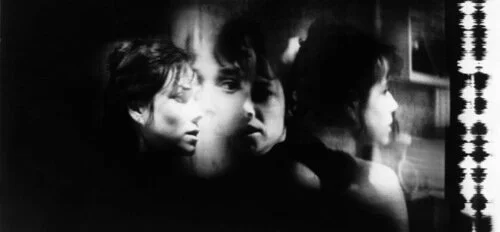ELEGY IN THE STREETS was shot by filmmaker Jim Hubbard during the height of the Reagan Presidency, when both Reagan and his political administration ignored the deadly disease that afflicted an endless parade of human beings who ultimately died of AIDS. Hubbard’s film is replete with imagery associated with this era, including Gay Pride marches, candlelight vigils, ACT UP demonstrations, T-shirts embossed with bloody hands, cardboard headstones, police arrests, and the American flag hung upside down. As such, this movie can be viewed as a counterculture tract, a political protest film, an experimental documentary, and a diary film about Hubbard’s late partner and fellow filmmaker Roger Jacoby.
Read More





















